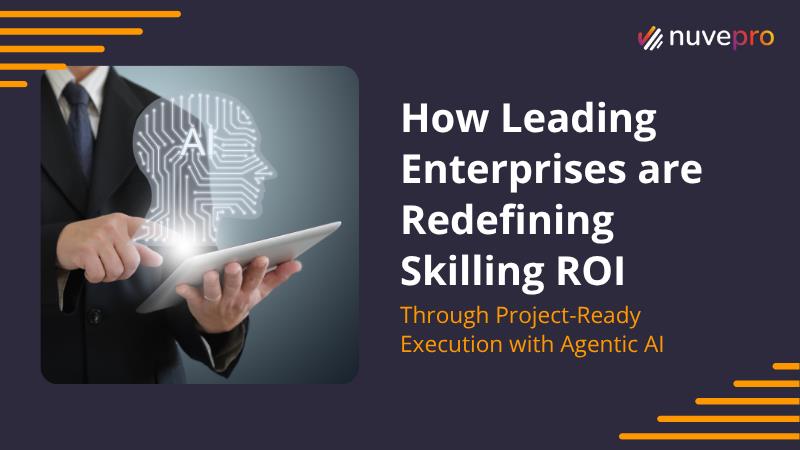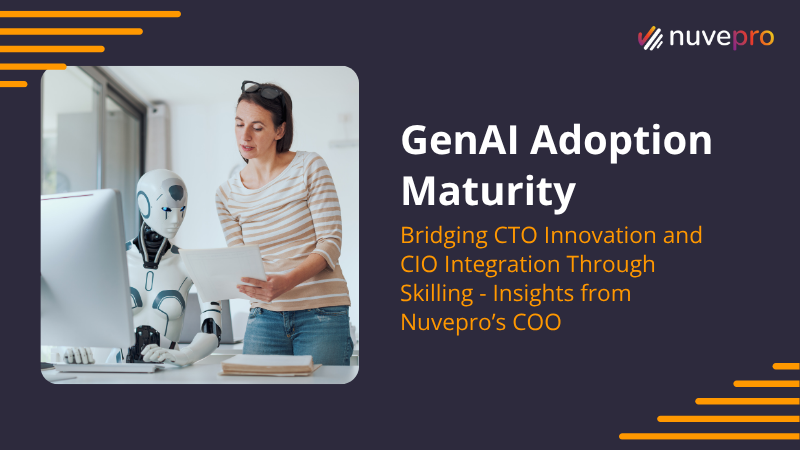2020 brought the development of a whole new era of education! Better learning was provided through online labs, online assessments, online hackathons and events. Of all the changes covid-19 brought, University education saw the biggest challenge!
The government of India announced a change in the education system. The education system was shaken at the fundamental level for the first time in 2020!
Be it the opportunity of choosing from a diverse range of professional degrees and diplomas, or attending lectures/classes anytime, quality remains important. The different learning provides to students in different ways like teaching, exams, and hackathon events on annual university fests, we see that has to be done better and online! That’s why we found a solution for you. Here are 5 ways you can use the EdTech tool hands-on Labs in universities!
The understanding and adaptation towards electronic devices (smartphones, tablets, and laptops) have made online learning in the education system accessible.
E-learning shall continue to grow at a rapid pace. The EdTech sector has seen an increase in student enrolment for online education. Several schools, especially universities are switching to EdTech tools to provide a better learning experience.
Digital era 4.0 has started with a catastrophic change of events and we cannot be thankful enough for EdTech tools for carrying on education. This makes the focus not just on knowledge, but hands-on skills too. The era of online learning and hands-on practice starts now!
Whether you’re a professor or a student, there is something for all of you in it. Here is a quick list of how to use the EdTech tool- hands-on labs in 5 ways to ease your online learning experience in Universities:
- Computer labs turned into virtual labs:
Providing hundreds and thousands of students with the infrastructure and software to get hands-on with their learning is a thing of the past! Students are now learning to use their PC right from their homes. This does not require any additional costs. Also, the infrastructure provided via Hands-on labs is always the latest in technology.
The learning and the real-world environments can be provided at beginner, intermediate and advanced levels with Nuvepro hands-on labs.
-
Dealing with practical assessments during online education:
The online exams have been a pain! Sitting for an online assessment as an engineering student can be hard, especially if the lab infrastructure is not the latest. Hands-on-labs comes with the latest infrastructure that reduces processing time considerably and requires minimal net speed in the browser. It also has integrated grading and proctoring solutions to conduct efficient assessments.
“It’s time for students to become proactive about the quality of education provided to them. Hands-on-labs have the potential to produce market-ready candidates that will not only see a higher placement rate in students but also amplify the esteemed name of the organizations,” said Shashi Kiran, the EdTech sales director at Nuvepro.
-
Better learning, better campus placement rate:
The secret to increasing campus placements in your university. Imagine pitching to companies saying the students of our university have hands-on practice in the technical skills and are delivered ready from the first day. How is that possible?
We all know the long hours over the weekend before the placement season where students are provided training on soft skills. What if universities also focus on a few hours of hands-on practice to enhance technical skills? Nuvepro hands-on labs provide labs that give real-world problems to work on. The labs include software look big data, AWS, Azure, GCP, machine learning, AI, cybersecurity, DevOps, networking, full-stack, python etc.
Besides increasing the placement rate, this would also enhance the quality of education provided at the university. A project-ready candidate is what the companies are seeking!
-
Online Hackathon Ideas for Universities:
Universities keep their students motivated and engaged through hackathons events. Conducting online hackathons will be now easier and more cost-efficient too. How?
Nuvepro hands-on labs provide the labs to run at minimal speed in a browser from anywhere in the world! You can now organize on a large scale, having participants all over the world!
-
Conducting online events during university education:
We know the many events on the occasion of fresher’s parties, farewells, and inter-college events, all require a lot of planning. The technical events have to be taken care of a day before to ensure the hardware is in place and supports all the software required. A student’s life can be easier with the usage of hands-on labs where you just have to be present at the event: online with minimal internet speed.
Providing a relatively seamless onboarding of millions of schools and universities for providing online learning, EdTech has been a saviour in the education industry! What do you think of hands-on labs as an EdTech tool for university students?
So, tell us what hands-on labs can do for you, and let’s see if we can get that done for you.



